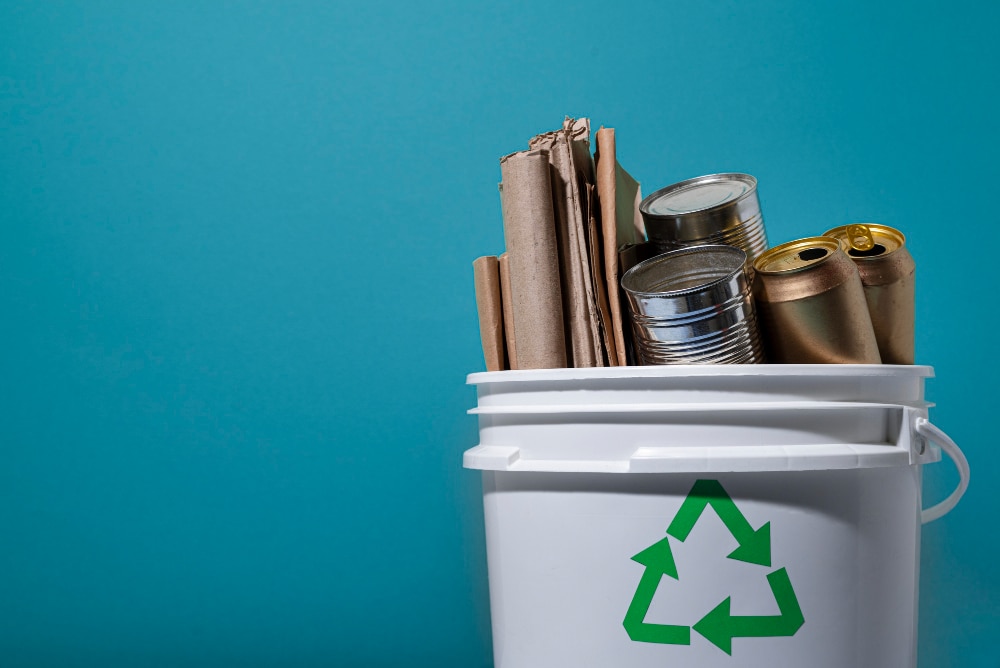Recycling aluminum scrap is a vital process that contributes to environmental sustainability, energy conservation, and economic growth. This process transforms waste materials into valuable products, supporting a circular economy where resources are reused and repurposed rather than discarded. This article explores the stages, benefits, and challenges of aluminum scrap recycling, shedding light on its significance and practices.
Introduction to Aluminum Scrap Recycling
Aluminum is a lightweight, durable, and versatile metal used extensively in various industries, including automotive, construction, and packaging. Due to its abundance and recyclability, it’s a preferred material for sustainable practices. Aluminum scrap comes from various sources, including used beverage cans, automotive parts, construction materials, and household items.
Stages of Aluminum Scrap Recycling
- Collection and Sorting: The process begins with the collection of aluminum scrap from different sources. Recycling centers, scrap dealers, and municipal collection points gather and sort aluminum scrap, separating it from other materials based on composition, color, and type.
- Cleaning and Shredding: The collected scrap is then cleaned to remove any contaminants, such as food residue or adhesives. After cleaning, it is shredded into small pieces to facilitate melting. Shredding increases the surface area of the aluminum, making it easier and more efficient to melt.
- Melting: The shredded aluminum scrap is loaded into a large furnace and melted at temperatures around 660 degrees Celsius. This process removes coatings and ink while alloying elements are added to achieve the desired material properties.
- Purification and Solidification: The molten aluminum undergoes purification to remove impurities and gases. Techniques such as fluxing or degassing are employed to achieve high-purity aluminum. Once purified, the molten aluminum is poured into molds and cooled to form ingots, billets, or other shapes.
- Fabrication and Manufacturing: The solidified aluminum is then processed into new products. It can be rolled, extruded, or cast into various shapes and sizes, ready to be used in manufacturing new aluminum products.
Benefits of Aluminum Scrap Recycling
- Environmental Conservation: Recycling aluminum saves around 95% of the energy required to produce aluminum from raw materials. It significantly reduces greenhouse gas emissions, conserves natural resources, and minimizes the need for landfill space.
- Economic Growth: The aluminum recycling industry supports jobs in collecting, processing, and manufacturing. It contributes to the economy by reducing costs associated with waste disposal and raw material extraction.
- Energy Efficiency: Recycling aluminum is highly energy-efficient. The energy saved from recycling a single aluminum can is enough to power a television for three hours, illustrating the considerable energy savings achieved through this process.
Challenges and Future Prospects
While aluminum scrap recycling offers numerous benefits, it also faces challenges. Contamination of scrap, technological limitations in sorting and processing, and market fluctuations can impact the efficiency and profitability of recycling programs. To overcome these challenges, ongoing research and innovation are essential. Advances in sorting technology, improved recycling infrastructure, and increased public awareness and participation are crucial for enhancing the effectiveness of aluminum scrap recycling.
In conclusion, aluminum scrap recycling is a complex yet rewarding process that plays a crucial role in promoting sustainability and resource conservation. By understanding and supporting this process, individuals and industries can contribute to a more sustainable future, reducing the environmental impact of aluminum production and use. As technology advances and awareness grows, the process of aluminum scrap recycling will continue to evolve, offering even greater benefits to the environment and society.


No comment